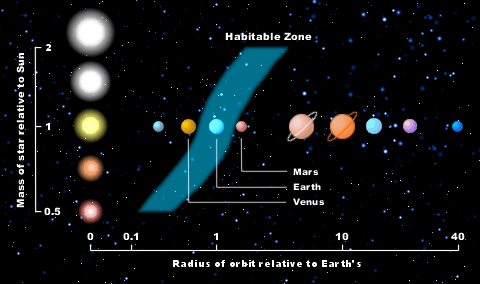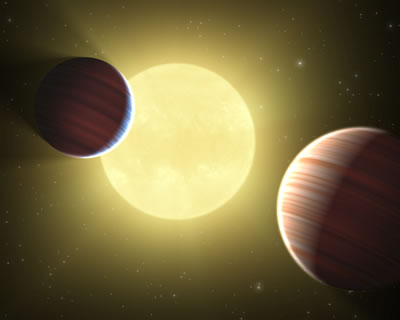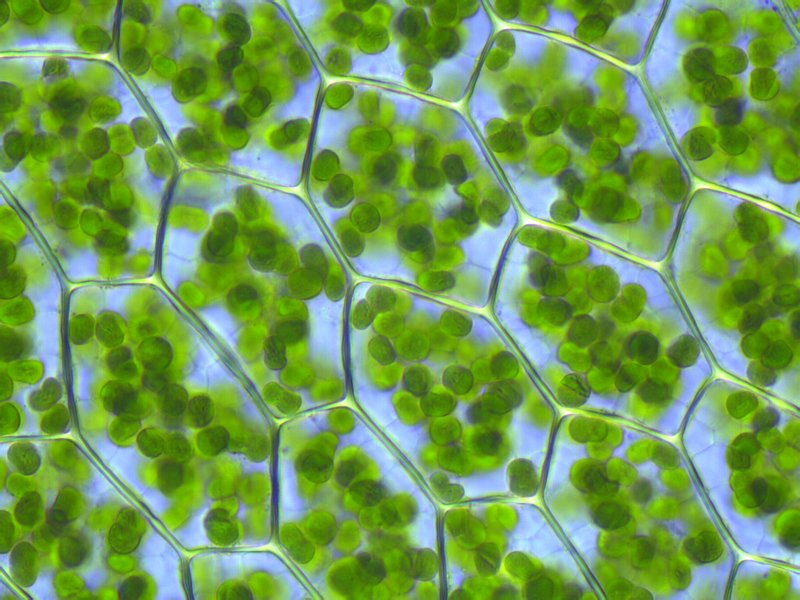
The number of detected Terrestrial planets is currently
359 (4/1/2017). The size of the habitable zone as a function of the
central star. The habitable zones of low mass stars fall near the
stars. For our Solar System, Mars may or may not fall within the
habitable zone. |
In our Solar System, for Life As We Know It (LAWKI)
to form requires a planet with conditions such that liquid water (oceans) may
form on its surface. For the Solar System this defines the
Habitable Zone which stretches
from around 0.85 Astronomical Units to (optimistically)
2 Astronomical Units. The notion of liquid oceans is key to the size of
the Habitable Zone. Without liquid oceans, it is
expected that our atmosphere would have experienced a
Runaway Greenhouse Effect (as did Venus) driving our surface temperature
up to many hundreds of degrees Farenheit
(on Venus, the surface temperature is 800 to
900 F) or that we could not have maintained a thick atmosphere and we would
be an airless planet (so, why is Mars at a distance of 1.5 Astronomical Units
from the Sun have an atmosphere which is only 1 % the mass of the atmosphere of
the Earth?). |




